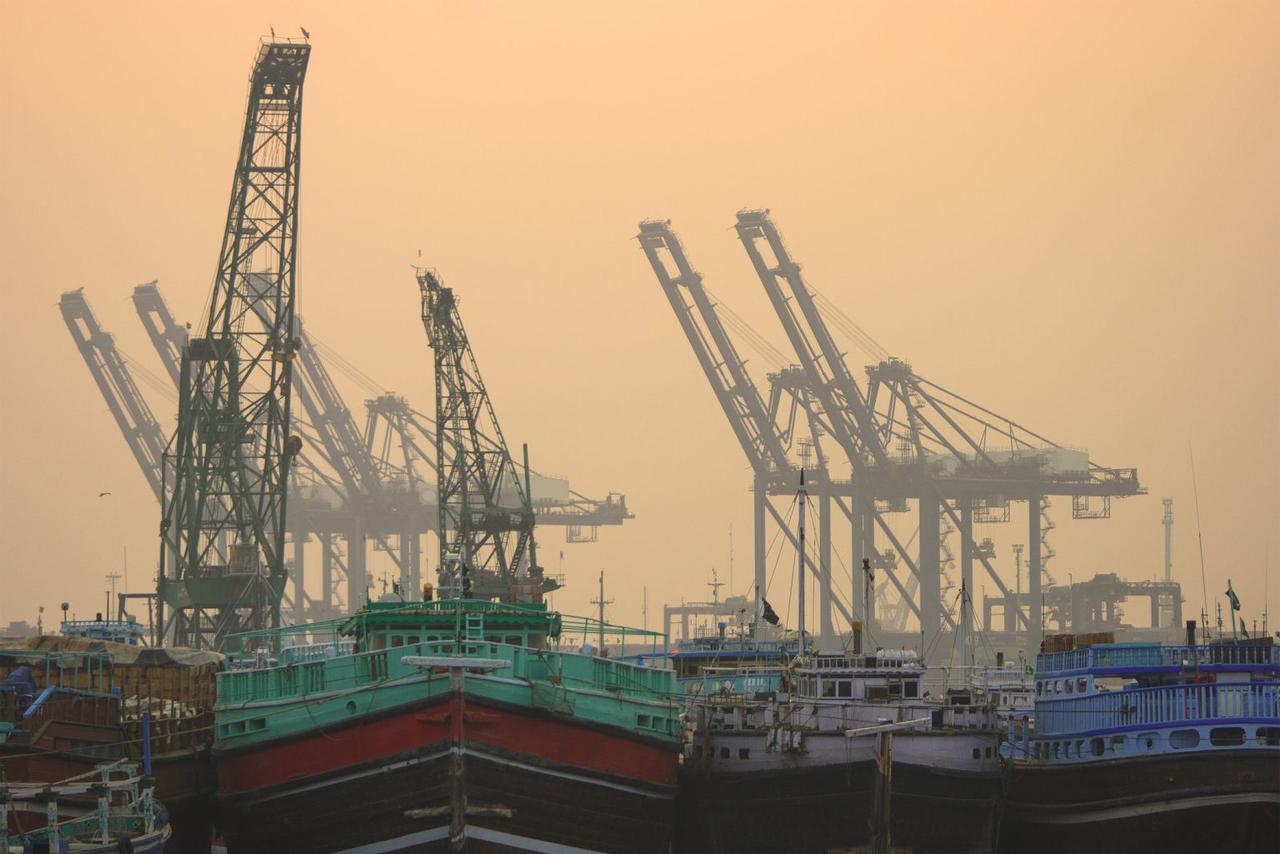Railway Expansion to Transform Sikkim’s Connectivity and Development

Gangtok | September 29, 2025 Railway infrastructure has long been a cornerstone of India’s development strategy, and the Northeastern region is now witnessing a transformative push. From the first line laid in 1875 between Dalsinghsarai and Darbhanga to the recent connectivity of Mizoram’s capital, Aizawl, to the national network via the Bairabi–Sairang line, India’s railways have steadily evolved into a lifeline for the region. Prime Minister Narendra Modi’s vision since 2014 has focused on integrating the Northeast into the national mainstream, enhancing economic opportunities, and strengthening strategic infrastructure. The recent progress in Mizoram marks a significant milestone, connecting Aizawl, a key commercial and administrative hub, to the railway grid. Previously, Bairabi station near the Assam border was the only rail link in the state, limiting mobility and trade. Building on this momentum, attention has turned to Sikkim, which currently lacks direct railway connectivity. The Sivok–Rangpo New Line Project is set to change this. Spanning 45 km and costing ₹7,876.92 crore, the project has achieved 73% physical progress, with completion targeted by December 2027. The line will connect Sivok in West Bengal to Rangpo in Sikkim, and includes 14 tunnels, with the longest stretching 5,300 metres. This project will not only facilitate passenger travel and trade but also strengthen defense logistics along the sensitive Sino-Indian border. Railway Minister Ashwini Vaishnaw emphasized that despite challenging terrain, ongoing projects in the Northeast are advancing steadily. Budget allocations for regional infrastructure have also increased, with ₹10,440 crore earmarked for 2025–26, signaling the government’s commitment to integrated development. Further expanding Sikkim’s connectivity, the Ministry of Railways has approved the final location survey for a proposed Melli–Dentam line via Jorethang and Legship. Once constructed, this extension will make Melli a key junction, linking southern and western Sikkim to the broader national network. The rail expansion is expected to catalyze economic growth in Gyalshing and surrounding areas by improving tourism, boosting trade, and generating employment opportunities. Chief Minister P. S. Tamang confirmed that by the end of 2027, Sikkim will have direct railway connectivity through the Sukna–Sivok–Rangpo line, eliminating the need for transit via Bagdogra and making travel far more convenient. The Modi government’s sustained focus on infrastructure is evident in these projects. By connecting remote regions to the national grid, improving transportation networks, and fostering economic growth, these railway initiatives promise to bring lasting benefits to Sikkim. The expansion of rail connectivity is not just a development milestone but a strategic move to integrate the state more closely with India’s economic and security frameworks, ensuring that the Northeast remains a vital part of the nation’s growth story. Sikkim Set for Direct Railway Connectivity Sikkim is on track to join India’s national railway network with the Sivok–Rangpo line, set for completion by December 2027. The 45 km project, featuring 14 tunnels, will connect Sivok in West Bengal to Rangpo, improving travel, trade, and tourism. Plans for a Melli–Dentam extension will make Melli a key junction, linking southern and western Sikkim. Railway Minister Ashwini Vaishnaw confirmed steady progress, with enhanced budget support for regional infrastructure. Once operational, these projects will eliminate reliance on Bagdogra transit, boost local economies, create jobs, and integrate Sikkim more closely with India’s mainstream development and strategic growth plans.




